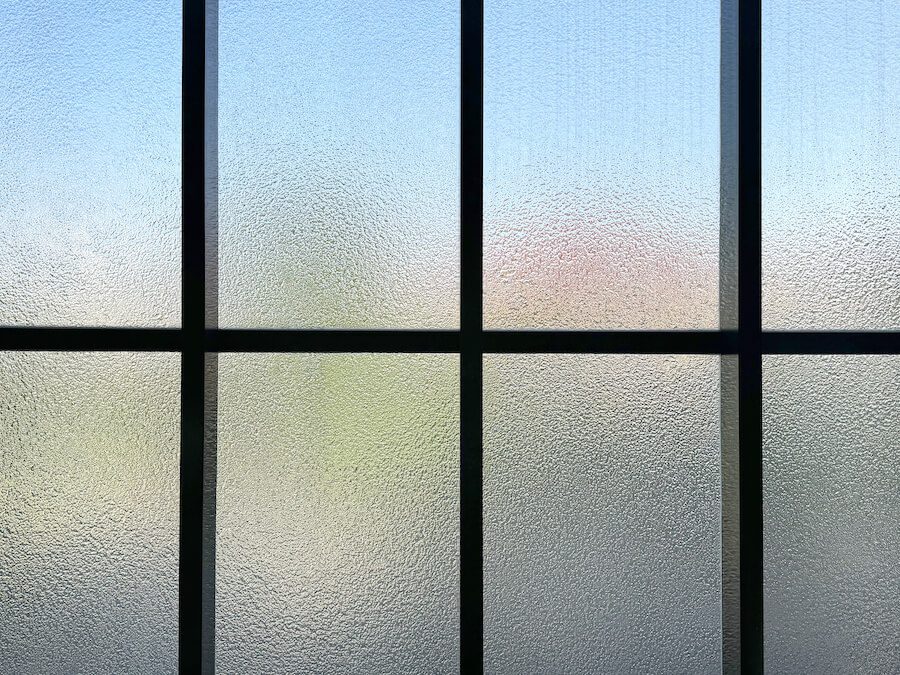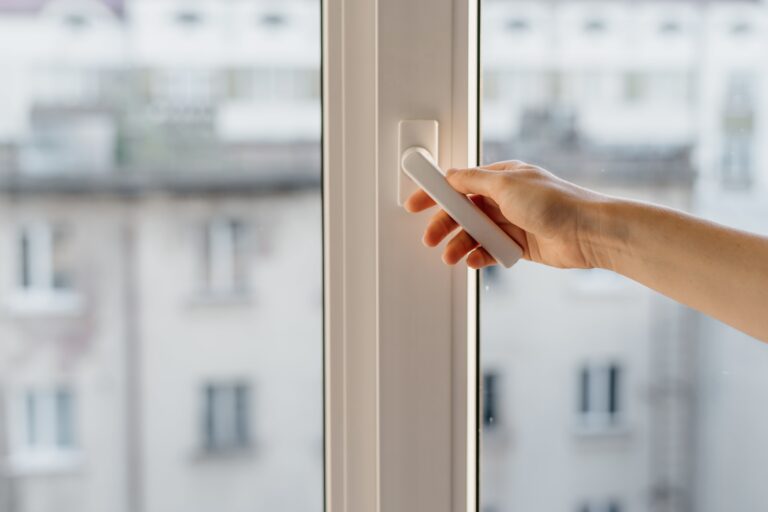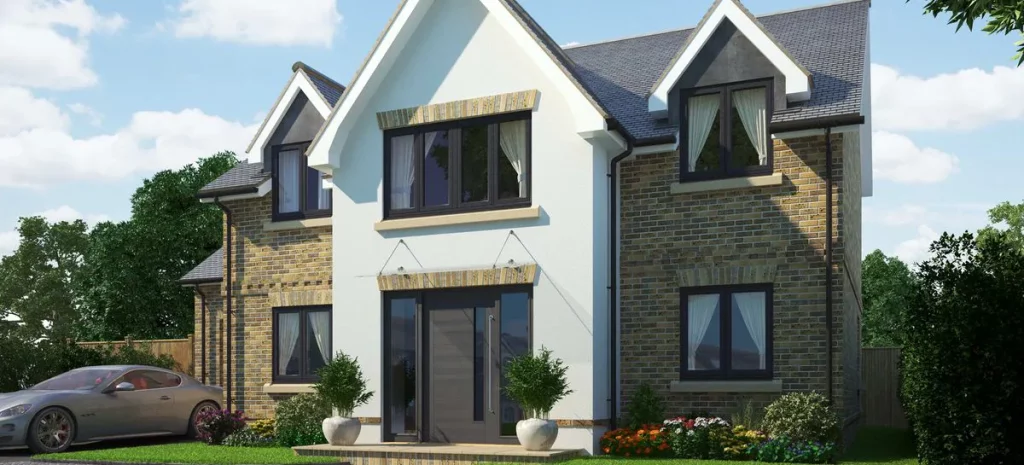Understanding glass energy ratings
- 07 October 2025
- Blog

Knowing how much heat a window keeps in or lets out is no longer just the concern of energy consultants. Rising energy bills, tougher building regulations and growing awareness of carbon footprints mean that homeowners and specifiers alike are paying closer attention to the energy efficiency of windows.
But with so many glazing options on the market, understanding glass energy ratings can feel like a maze of jargon.
This guide explains how window energy ratings work, what affects them and how to choose the right windows for long-term performance. Whether you are upgrading old windows at home or specifying sealed units for a new development, improving the overall thermal efficiency of a building begins with understanding the glass.
What are glass and window energy ratings?
In the UK, the most recognised system is the Window Energy Rating (WER) label developed by the British Fenestration Rating Council (BFRC). Similar to appliance labelling, windows are rated from A++ down to E. The score is based on three key factors:
- Heat loss (also called the U-value)
- Solar gain (how much free heat enters through the glass)
- Air leakage around the frame and sealed unit
A well-performing window balances all three. Too much heat loss means higher heating bills. Too much solar heat gain could lead to overheating in summer. A well-sealed frame with thermal breaks and a suitable spacer bar in the glass panes keeps warm air inside for longer.
At SGC Glass, we work to the latest building regulations across both residential and commercial projects. Many of our aluminium windows and double glazing systems comfortably achieve the current legal requirement for replacement windows in England, which is 1.4 W/m²K or lower for U-values.

Why window energy ratings matter
Older properties often have single glazing or poorly sealed frames that allow much heat to escape. Even traditional double glazing fitted more than 15 years ago can be significantly less efficient than modern windows.
Replacing old windows with A-rated or better windows can:
- Reduce heating bills by up to 20% depending on the property and climate
- Improve comfort by eliminating draughts
- Reduce condensation through better insulation
- Cut the carbon footprint of a home or commercial space
Efficient windows are not just a cost saver. For specifiers, energy performance is now a key compliance factor in planning and Part L calculations.
What affects the energy efficiency of windows?
Several important factors determine overall thermal performance:
- Number of panes of glass – Double glazing remains the standard, while triple glazing offers better insulation in colder climates or noise-sensitive areas
- Type of glass – Low-emissivity (Low-E) coatings reflect heat back into the room while allowing solar gain
- Inert gas between panes – Argon or krypton-filled units slow down heat transfer
- Spacer bar material – Warm-edge spacers reduce cold bridging at the glass edges
- Installation quality – Even the best windows underperform if air leakage occurs around the frame
SGC Glass supplies and installs sealed units built for long-term performance. From slimline profiles for heritage work to large-format panes used in curtain walling and shop fronts, each system is selected for both appearance and energy efficiency.
Do triple glazed windows always perform better?
Not always. Triple glazing can offer better insulation and reduce heat loss further than double glazing, but in some cases the additional weight, cost and lower solar gain may not justify the upgrade. In milder regions or south-facing properties that already benefit from solar heat gain, high performance double glazing may deliver the best overall energy efficiency. The right windows depend on orientation, exposure and use of the space.
How to read an energy rating label
The BFRC energy rating label includes:
- Overall letter grade (A++ is the most energy efficient)
- Numerical score combining heat loss, solar gain and air leakage
- U-value in W/m²K
- Window energy balance (kWh per m² per year)
A positive balance means the window gains more free solar heat than it loses. This is particularly useful for homes aiming to reduce reliance on heating systems.
What is the most energy efficient glazing option?
The most energy efficient option currently available to homeowners is A+ or A++ rated double or triple glazing using Low-E coated glass with argon gas filling and warm-edge spacer bars. Aluminium frames with deep thermal breaks ensure minimal heat transfer between inside and out. At SGC Glass we frequently use such specification in both domestic and commercial projects where energy savings are a priority.
Can replacement windows significantly reduce energy costs?
Yes. Upgrading from single glazing to modern double glazing can reduce heat loss by around 50%. Moving from old double glazing to efficient A-rated units can provide a further 20% gain. Even partial upgrades in problem areas such as north-facing elevations can reduce overall energy bills.
Is glass energy rating a legal requirement?
While homeowners are not obliged to install the best windows available, replacement windows in England must meet minimum U-values under the latest building regulations. For new build projects, the bar is even higher. Specifiers should always check compliance early in the design process to avoid delays later.
What is the easy way to improve a home’s energy efficiency?
Upgrading the glazing, ensuring windows are well sealed and replacing failed units offers one of the quickest returns on investment. Unlike insulation hidden in walls, efficient windows make an immediate difference to comfort and heating bills throughout the year.

Key takeaways
- Understanding glass energy ratings helps identify which window products will deliver the best energy savings
- Heat loss, solar gain and air leakage are the three core measures used in window energy ratings
- Aluminium windows with thermal breaks can be just as efficient as other frame types
- Modern sealed units with Low-E glass and inert gas offer much better insulation than old windows
- Replacement windows should be selected based on building orientation, regulations and long-term costs
Speak to the team today
If you are comparing window energy ratings or need advice on meeting building regulations, SGC Glass can help. Our team supplies and installs energy efficient windows across residential and commercial sectors, from single properties to large developments.
Contact us today to discuss the right windows for long-term performance.











